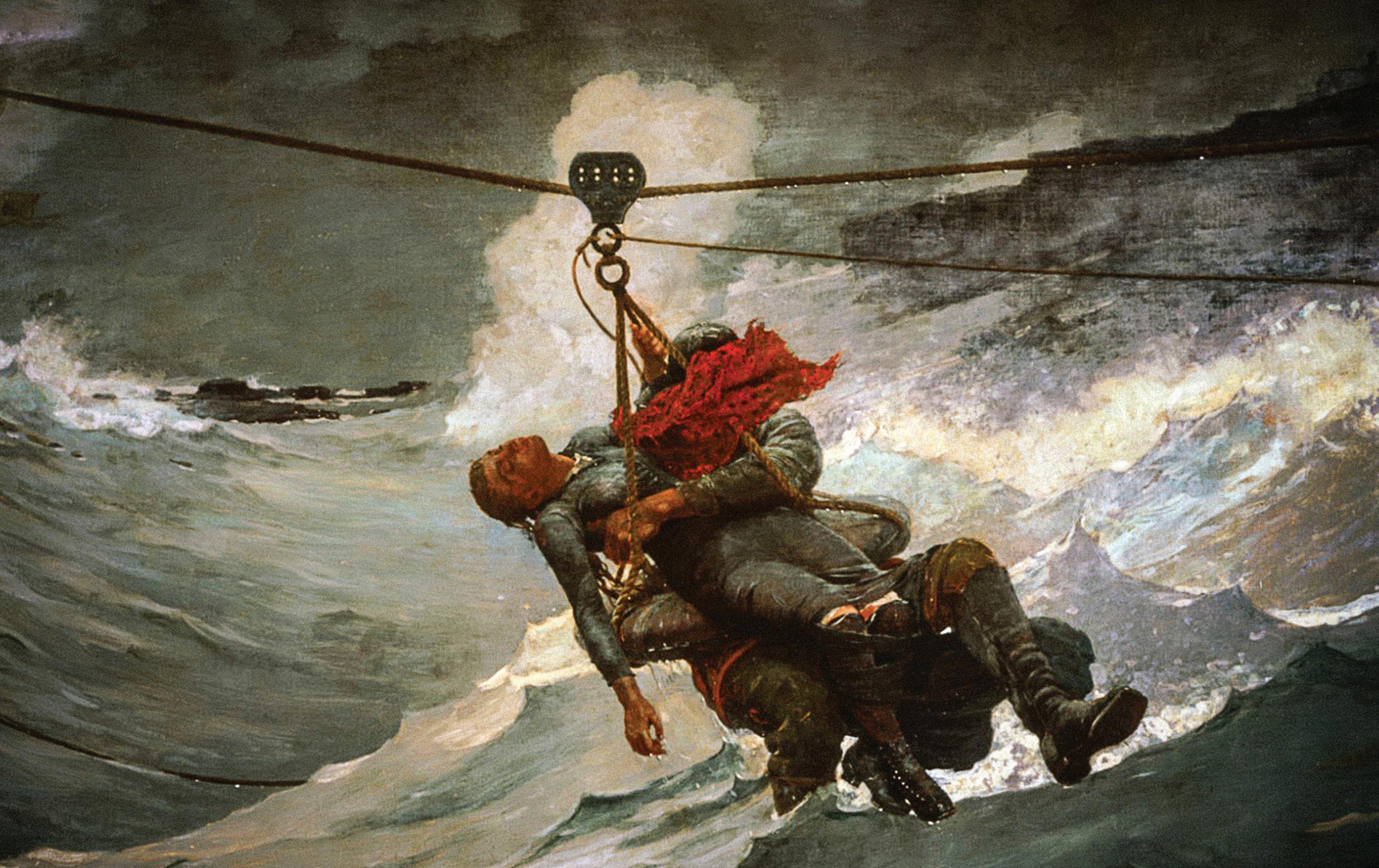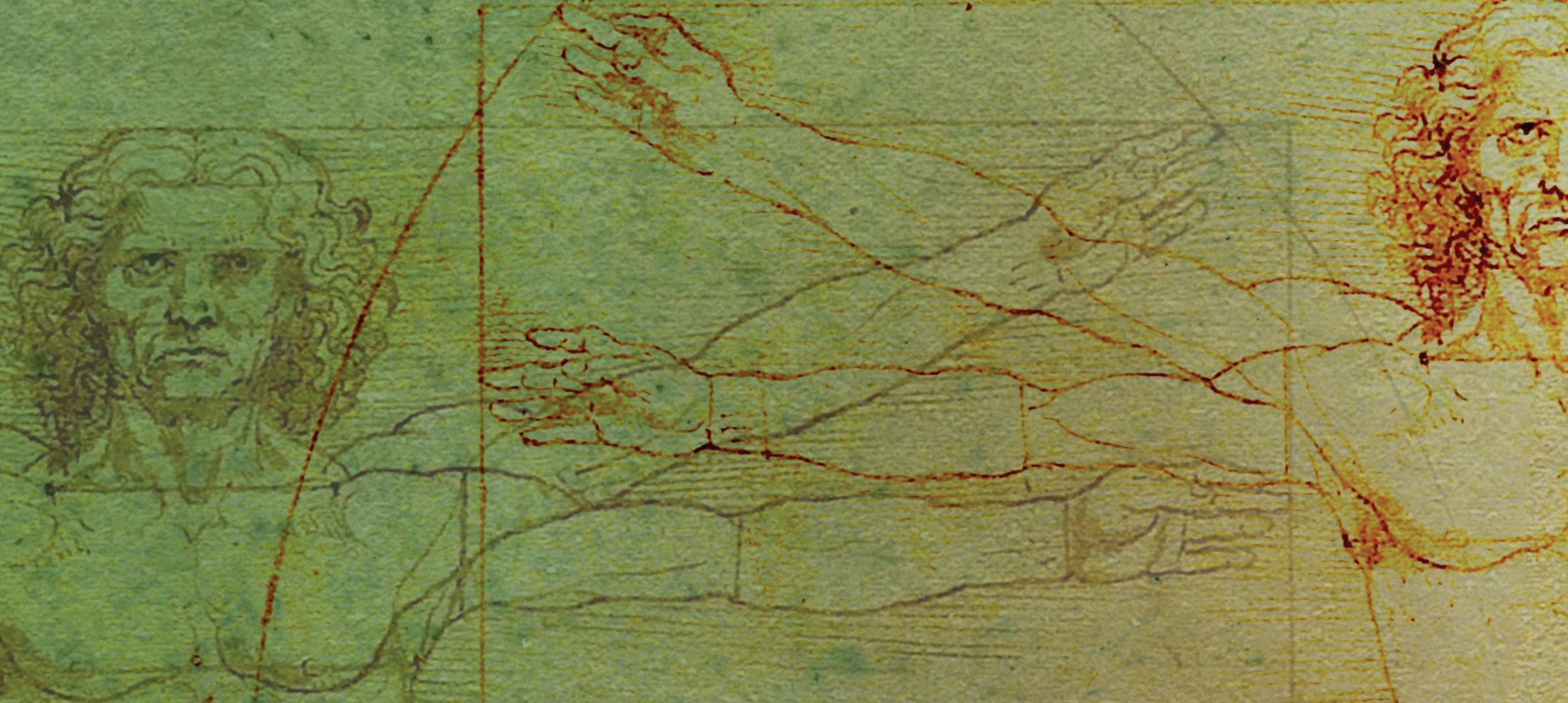LOGIC
Protagoras’ Dilemma
The Crowning Glory of Traditional Logic Is the Dilemma by Martin Cothran Using a structure built from several different types of argumentation, the dilemma corners your opponent by presenting him or her with a difficult choice between two unacceptable alternatives.
T
he most sophisticated and yet elegant argument form is the dilemma. If you know how to use the dilemma you have achieved the logical equivalent of a black belt. Using a structure built from several different types of argumentation, the dilemma corners your opponent by presenting him or her with a difficult choice between two unacceptable alternatives. There are only three ways to respond to a dilemma, two of which are the previously mentioned unacceptable alternatives, and one of which is called the "counterdilemma," an argument form that is equally as sophisticated as the dilemma itself. Martin Cothran is the editor of The Classical Teacher and author of Traditional Logic Books I & II, Material Logic, and Classical Rhetoric.
6
Protagoras' Dilemma
One of the most famous examples of the dilemma and counter-dilemma is that of Euathlus and Protagoras. Euathlus, an aspiring rhetor (the ancient equivalent of an attorney), went to Protagoras, a famous teacher of rhetoric, seeking training in logic and rhetoric. But he couldn't afford the tuition, so he made a deal with Protagoras. Euathlus promised to pay the teacher half of his tuition up front and the other half when he had won his first case in court. Protagoras agreed. But after Euathlus graduated, several years went by and Protagoras still had not received the remaining half of the tuition. So Protagoras wrote Euathlus and demanded the other half of his money. Euathlus wrote him back and reminded his former teacher that he had promised to pay him back only when he had won his first case, and that he had MemoriaPress.com









